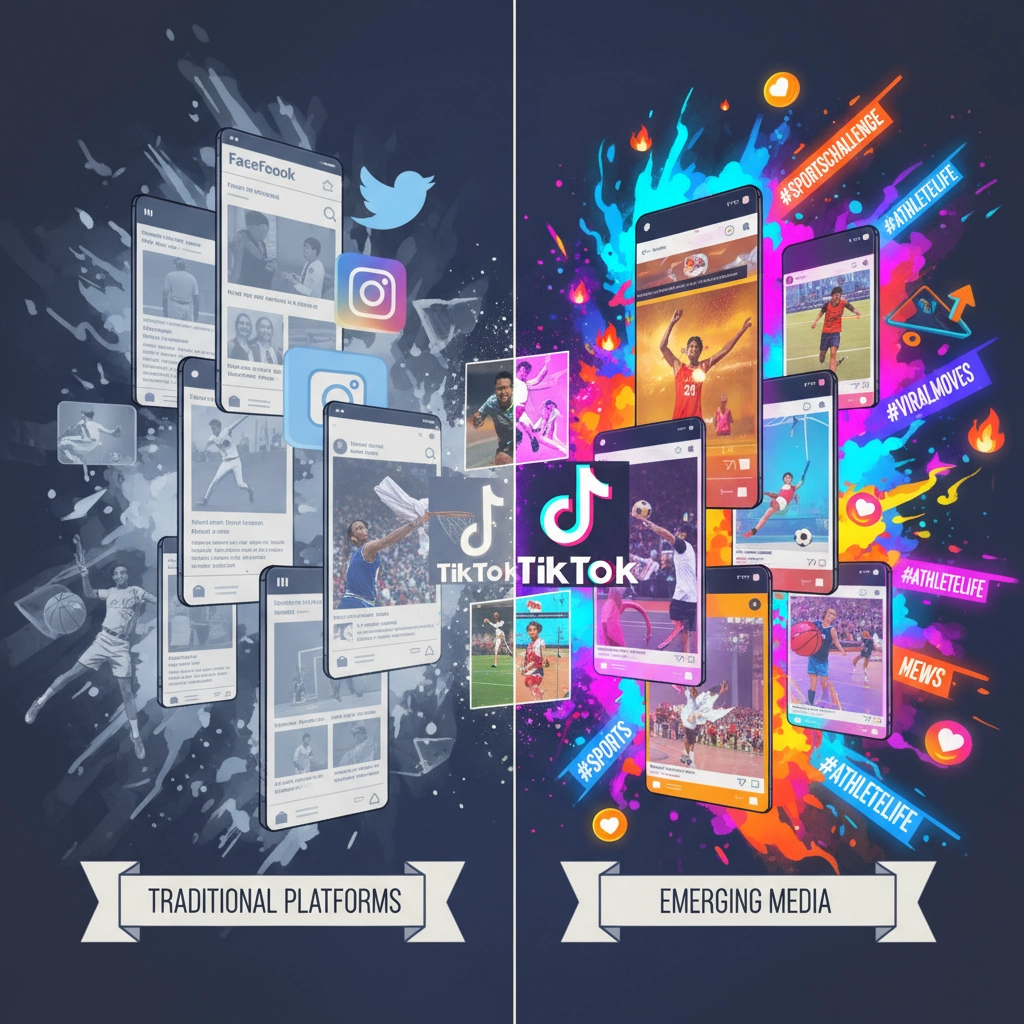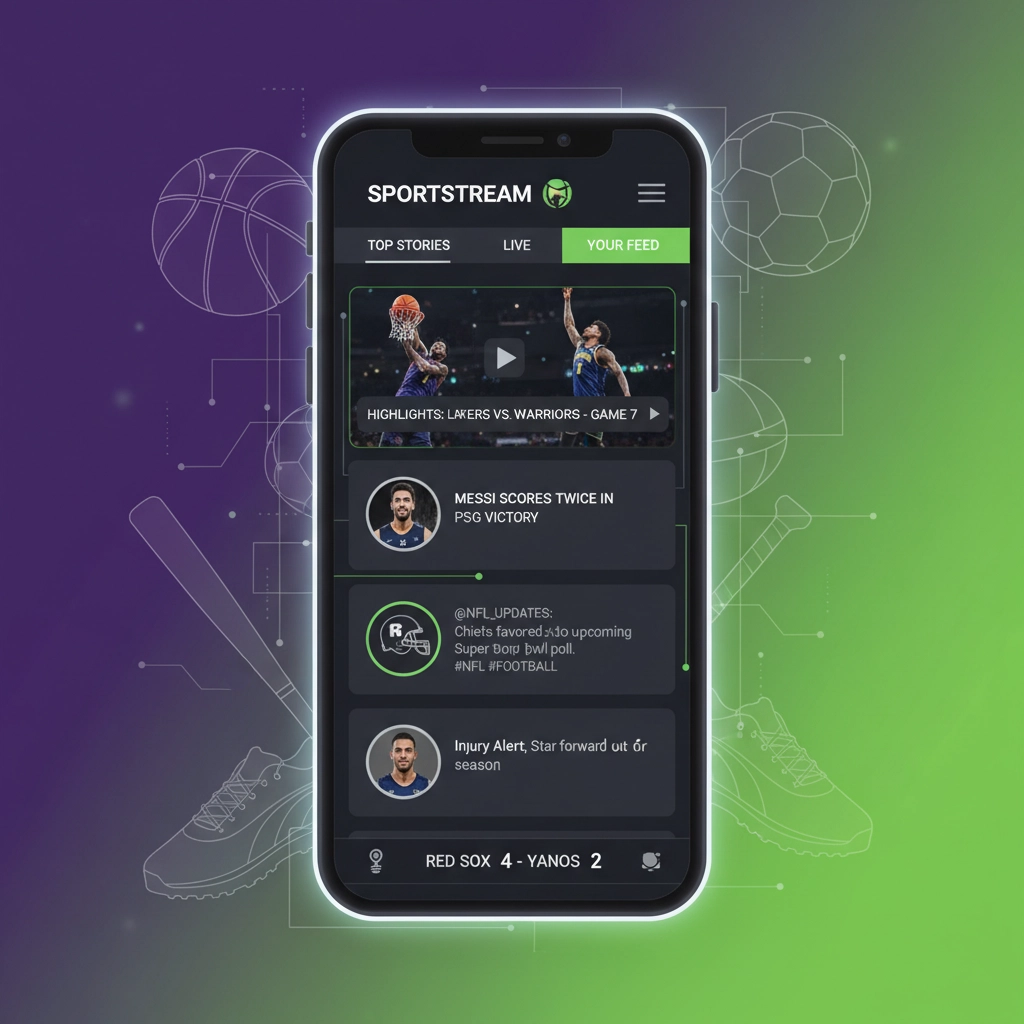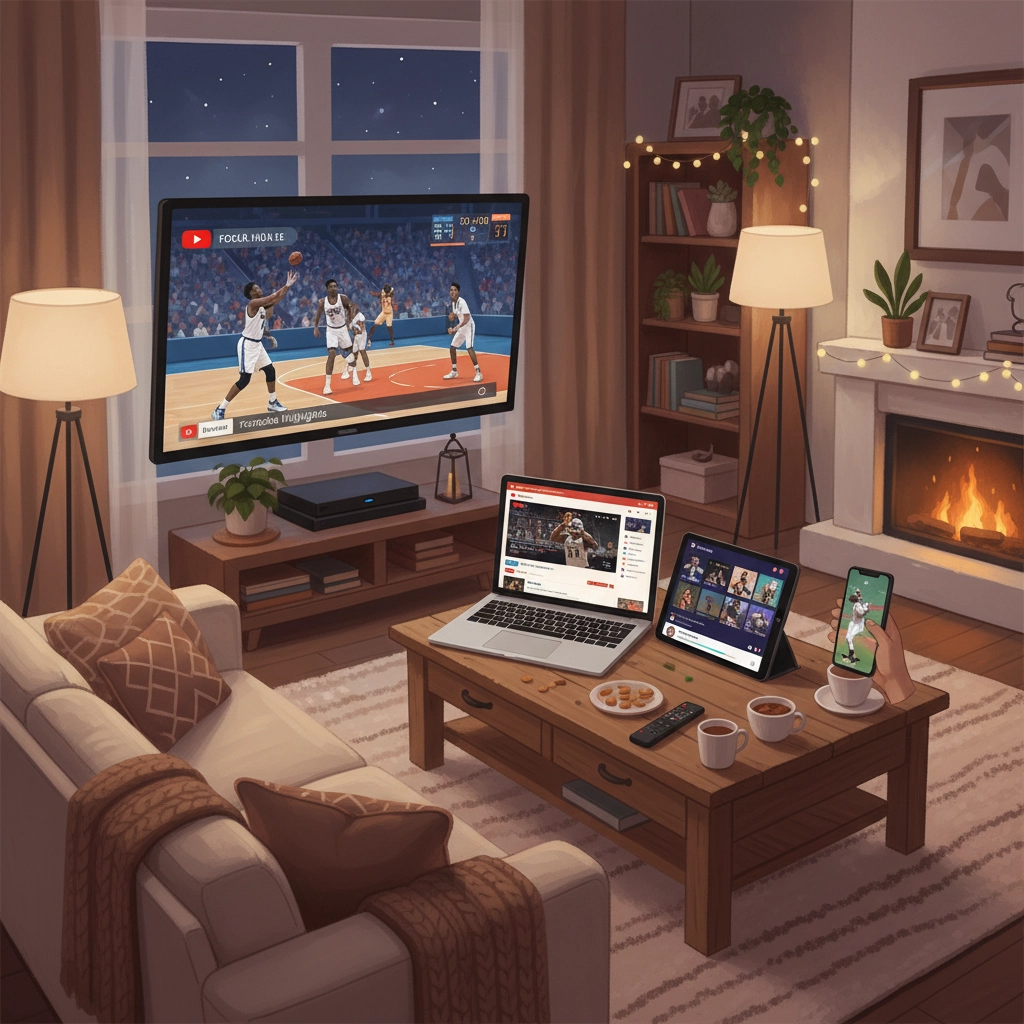The question of whether sports fans have abandoned traditional social media platforms requires examination of current usage data and engagement patterns across multiple channels. Research indicates that sports fans continue to maintain active presence on established platforms while simultaneously expanding their engagement to newer platforms and specialized communities.
Traditional Social Media Platforms Maintain Significant Reach
Sports fans demonstrate continued engagement on traditional social media platforms at substantial rates. YouTube dominates sports highlights consumption with 87% of fans accessing content through the platform. Facebook maintains reach among 69% of sports fans, while Instagram captures 62% of the sports fan demographic.
Facebook specifically reaches 51% of sports fans seeking sports content, followed by YouTube at 46%. Instagram maintains 31% reach, while Twitter captures 25% of sports fans actively seeking content. These statistics indicate that traditional platforms retain significant portions of the sports fan audience rather than experiencing complete abandonment.

The data suggests that traditional social media platforms function as foundational elements in sports fan content consumption patterns. These platforms serve as primary discovery mechanisms for sports-related information and maintain established user bases that continue to engage with sports content regularly.
Emerging Platform Adoption Patterns
TikTok has experienced notable growth in sports fan adoption, reaching 51% penetration among sports fans and surpassing Twitter/X usage at 41%. The platform demonstrates particular strength in viral sports content generation, with 30 of the top 50 posts across all leagues originating from TikTok.
The viral reach statistics on TikTok reveal that 92% of viral content engagement comes from users who do not follow the originating account. This pattern indicates that sports content on TikTok operates through algorithm-driven discovery rather than follower-based distribution models used on traditional platforms.
Major sports organizations have established significant presence on TikTok. FC Barcelona maintains over 57 million followers on the platform, while Formula 1 utilizes TikTok for behind-the-scenes content distribution. These examples demonstrate institutional adoption of emerging platforms alongside traditional social media strategies.
Digital Sports Content Aggregators
Digital aggregators have emerged as significant competitors to traditional sports media brands. Bleacher Report now reaches 29% of fans seeking sports news, outpacing legacy brands such as Sports Illustrated at 23% and The Athletic at 9%. This shift represents a fundamental change in how sports fans discover and consume sports information.
The rise of digital aggregators indicates that sports fans increasingly rely on curated content platforms rather than individual team or league accounts. These aggregators compile content from multiple sources and present it through unified interfaces that cater to sports fan preferences for comprehensive coverage.

The success of digital aggregators suggests that sports fans value content curation and cross-sport coverage over single-source information streams. This trend influences how sports organizations and brands approach content distribution strategies.
Specialized Community Platforms
Sports fans utilize specialized community platforms including Reddit forums, Facebook Groups, and Discord servers for in-depth discussion and community building. These platforms facilitate fan-to-fan interaction and provide spaces for detailed analysis and debate that may not occur on broader social media platforms.
Reddit sports communities operate through subreddit structures that organize fans around specific teams, leagues, or sports. These communities enable detailed discussion threads and real-time game commentary that extends beyond the basic engagement options available on traditional social media platforms.
Discord servers provide private community spaces where sports fans engage in voice and text communication during live events. These platforms offer features such as voice channels for live game discussions and text channels for ongoing conversation about team performance and league developments.
Live Streaming and Digital Consumption
Sports fans demonstrate significant adoption of live streaming platforms, with 41% of global sports fans streaming live sports through digital platforms. This consumption pattern operates alongside traditional television viewing rather than replacing it entirely.
Cable usage among sports fans increased to 51% in 2025, reversing multi-year decline trends. This rebound indicates that traditional television consumption coexists with digital streaming rather than being displaced by it. Sports fans utilize multiple channels simultaneously to access different types of content.

The combination of streaming and traditional viewing reflects sports fan preferences for accessing content through multiple channels based on availability, convenience, and content type. Live events may be consumed through television while highlights and analysis are accessed through digital platforms.
Multi-Platform Engagement Behaviors
Sports fans demonstrate multi-platform usage patterns rather than exclusive platform loyalty. Research indicates that 68% of sports fans actively post or comment online across various platforms. Additionally, 32% of sports fans specifically use social media while watching live sports events.
This multi-platform behavior suggests that sports fans utilize different platforms for different purposes. Live game discussion may occur on Twitter or Discord, while highlights viewing happens on YouTube or TikTok. Long-form analysis and community discussion take place on Reddit or specialized forums.
The fragmentation of sports fan attention across multiple platforms requires content creators and sports organizations to develop platform-specific strategies rather than applying uniform approaches across all channels.
Platform-Specific Content Strategies
Different social media platforms demonstrate varying effectiveness for different types of sports content. TikTok excels at viral short-form content and behind-the-scenes material. YouTube serves as the primary platform for highlights and long-form analysis content. Instagram functions effectively for visual content and story-based updates.
Facebook maintains strength in community building through groups and event promotion. Twitter/X continues to serve as a real-time discussion platform during live events. Each platform requires specific content approaches that align with user expectations and platform algorithms.

The most successful sports marketing strategies in 2025 focus on engagement rates and platform-native content creation rather than follower counts across platforms. Content that appears natural and emotionally resonant to each platform's user base generates higher engagement than standardized content distributed uniformly across multiple channels.
The Role of New Sports Platforms
Specialized sports social platforms like Fanz.us represent emerging opportunities for sports fan engagement. These platforms focus specifically on sports community building and provide features designed for sports fan interaction patterns.
Sports-specific platforms offer advantages such as targeted algorithms that understand sports content, community features designed for team and league discussions, and integration with sports-related services. These platforms serve sports fans who seek more focused community experiences than general social media platforms provide.
The success of specialized sports platforms depends on their ability to provide unique value propositions that complement rather than compete directly with established social media platforms. Integration capabilities and specialized features determine adoption rates among sports fan communities.
Conclusion: Expansion Rather Than Migration
The evidence indicates that sports fans have not abandoned traditional social media platforms. Instead, sports fans have expanded their digital presence across multiple platforms and specialized communities. Traditional platforms maintain significant reach while newer platforms capture growing portions of sports fan attention.
The current landscape requires sports organizations, brands, and content creators to develop multi-platform strategies that recognize the diverse ways sports fans consume and engage with content. Success depends on understanding platform-specific user behaviors and creating appropriate content for each channel rather than assuming uniform distribution strategies will be effective across all platforms.
